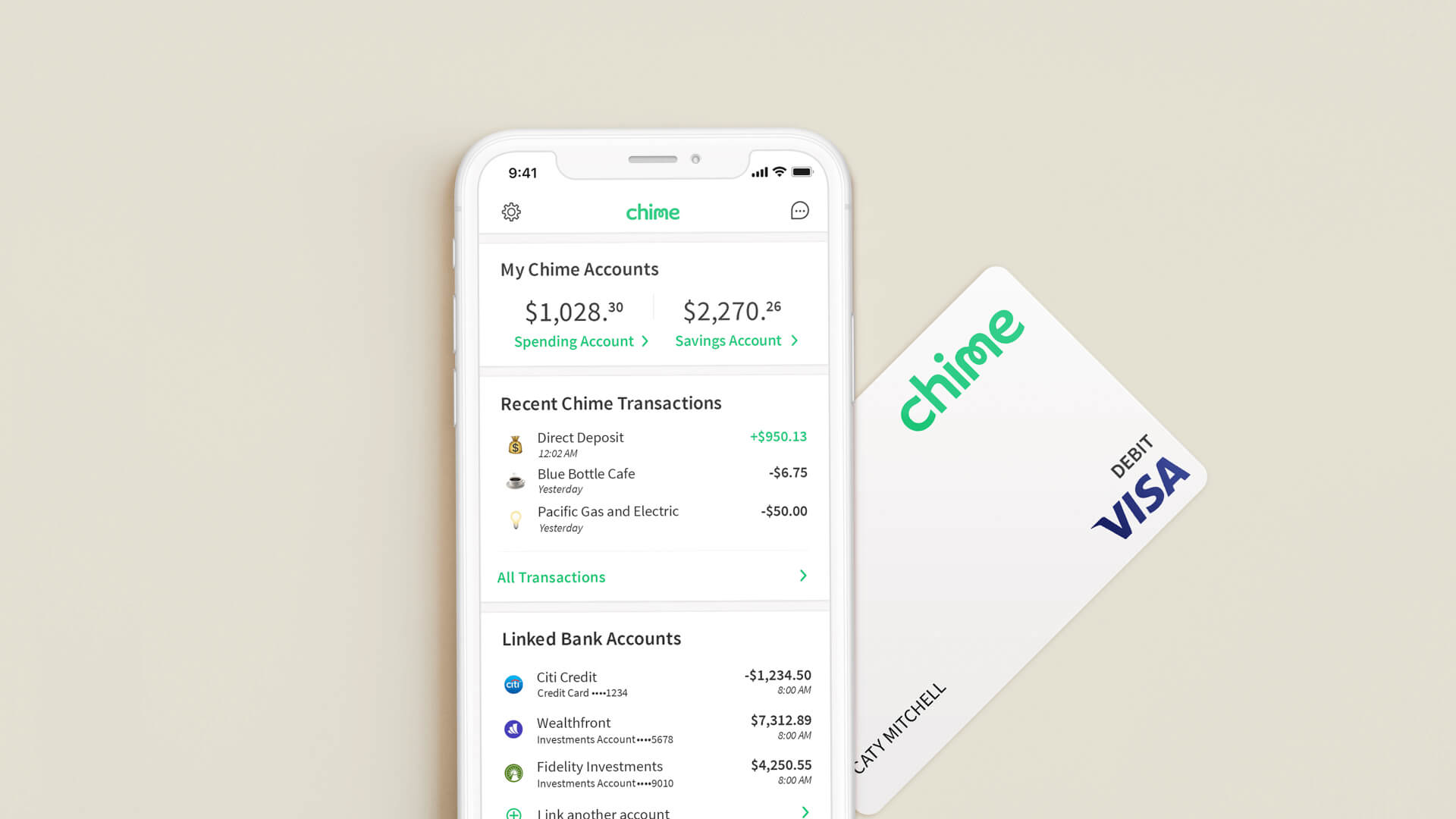

Finance
How To Take Out Loans For Law School?
Published: February 17, 2024
Learn how to finance your law school education with loans. Find out the best options and tips for taking out loans for law school.
(Many of the links in this article redirect to a specific reviewed product. Your purchase of these products through affiliate links helps to generate commission for LiveWell, at no extra cost. Learn more)
Table of Contents
Introduction
Embarking on the journey through law school is an ambitious and rewarding endeavor. However, the financial investment required to pursue a legal education can be substantial. Understanding the various types of loans available, the application processes, and the repayment options is crucial for aspiring law students. This comprehensive guide aims to demystify the process of obtaining loans for law school, empowering individuals to make informed decisions about their financial future.
Navigating the complex landscape of student loans can be daunting, especially for those entering the legal profession. However, with the right knowledge and strategic approach, securing the necessary funding for law school is achievable. By exploring the nuances of federal and private student loans, as well as the intricacies of loan repayment, prospective law students can gain clarity and confidence in their financial planning.
Throughout this guide, we will delve into the intricacies of federal and private student loans, providing insights into the application processes and the factors to consider when comparing loan options. Additionally, we will explore the various repayment plans available to law school graduates, empowering them to develop a sound financial strategy as they embark on their legal careers.
As we embark on this exploration of financing law school through loans, it's important to recognize the significance of this investment in one's future. While the financial commitment may seem daunting, the potential for personal and professional growth as a legal professional is immeasurable. By approaching the process of securing loans with a well-informed and proactive mindset, aspiring law students can lay a solid foundation for their academic and professional pursuits.
Understanding the Types of Loans Available for Law School
When considering financing options for law school, it’s essential to understand the types of loans available to prospective students. The two primary categories of student loans are federal loans, which are funded by the government, and private loans, which are offered by private financial institutions. Federal loans often offer more favorable terms and benefits, making them a popular choice for many law students.
Federal Student Loans:
- Federal Direct Unsubsidized Loans: These loans are available to graduate and professional students, offering a fixed interest rate and flexible borrowing limits.
- Grad PLUS Loans: Designed specifically for graduate and professional students, Grad PLUS loans provide additional funds to cover expenses not met by other financial aid.
Understanding the eligibility criteria, interest rates, and repayment options associated with federal student loans is crucial for prospective law students. These loans often offer competitive interest rates and flexible repayment plans, making them an attractive choice for financing legal education.
Private Student Loans:
- Private loans are offered by banks, credit unions, and online lenders, providing additional funding options for law school.
- Interest rates, repayment terms, and eligibility criteria for private loans vary among lenders, requiring thorough research and comparison.
While private student loans can supplement federal aid, it’s important to carefully assess the terms and conditions, as they may differ significantly from federal loan options. Prospective law students should exercise caution and thoroughly evaluate the implications of private loan borrowing.
By understanding the distinctions between federal and private student loans, aspiring law students can make informed decisions regarding their financing options. The next step involves researching and comparing the available loan options to determine the most suitable approach for funding a legal education.
Researching and Comparing Loan Options
Researching and comparing loan options is a critical phase in the journey of securing funding for law school. Prospective law students are encouraged to explore the diverse array of loans available, considering factors such as interest rates, repayment terms, and borrower protections. The following steps can guide individuals through the process of evaluating and comparing loan options:
1. Assessing Federal Loan Benefits:
Begin by thoroughly examining the benefits offered by federal student loans, including fixed interest rates, income-driven repayment plans, and loan forgiveness programs. Understanding these advantages can help aspiring law students leverage federal loan options to minimize long-term financial burdens.
2. Researching Private Loan Terms:
For individuals considering private student loans, diligent research is essential. Compare interest rates, repayment schedules, and lender reputations to identify the most favorable terms. It’s advisable to explore multiple private loan options and assess their alignment with personal financial goals.
3. Utilizing Loan Comparison Tools:
Online platforms and resources offer loan comparison tools that enable prospective law students to evaluate and contrast various loan offerings. These tools can streamline the decision-making process by providing comprehensive overviews of loan terms and projected repayment scenarios.
4. Seeking Professional Guidance:
Consulting with financial aid advisors and legal professionals can provide valuable insights into the intricacies of student loan options. These experts can offer personalized guidance based on individual circumstances, empowering aspiring law students to make well-informed decisions.
5. Considering Long-Term Financial Implications:
When comparing loan options, it’s essential to consider the long-term financial implications of borrowing for law school. Evaluating potential monthly payments, total interest costs, and post-graduation financial scenarios can aid in selecting the most suitable loan options.
By dedicating time and effort to researching and comparing loan options, aspiring law students can make educated decisions that align with their financial objectives. This proactive approach sets the stage for a well-informed loan application process, ensuring that the chosen financing aligns with long-term financial wellness and academic pursuits.
Applying for Federal Student Loans
When pursuing federal student loans for law school, aspiring students must navigate the application process with diligence and attention to detail. The following steps outline the process of applying for federal student loans:
1. Complete the Free Application for Federal Student Aid (FAFSA):
The FAFSA serves as the gateway to federal financial aid, including student loans. Prospective law students must accurately complete the FAFSA, providing detailed information about their financial circumstances. The application determines eligibility for various federal aid programs, and timely submission is crucial to secure the necessary funding.
2. Review Financial Aid Award Letters:
Upon submitting the FAFSA, law school applicants will receive financial aid award letters from their respective institutions. These letters outline the types and amounts of federal aid offered, including subsidized and unsubsidized loans. It’s essential to thoroughly review these award letters and understand the terms and conditions associated with each loan.
3. Accepting Federal Loan Offers:
After reviewing the financial aid award letters, prospective law students can accept the federal loan offers that best align with their financial needs. This may involve accepting a combination of subsidized and unsubsidized loans to cover tuition, living expenses, and other educational costs.
4. Completing Entrance Counseling and Master Promissory Note (MPN):
Prior to receiving federal student loans, borrowers are required to complete entrance counseling and sign a Master Promissory Note (MPN). These steps provide essential information about loan responsibilities and repayment obligations, ensuring that borrowers understand the terms of their federal loans.
5. Stay Informed About Loan Servicers:
Upon disbursement of federal student loans, borrowers are assigned loan servicers responsible for managing the loans. It’s crucial for law school students to stay informed about their loan servicers, as they will be the primary point of contact for loan-related inquiries and repayment arrangements.
By diligently navigating the process of applying for federal student loans, aspiring law students can access the necessary financial resources to pursue their legal education. It’s imperative to approach the application process with thoroughness and a clear understanding of the terms and responsibilities associated with federal loan borrowing.
Applying for Private Student Loans
When federal aid and other sources of funding are insufficient to cover the costs of law school, private student loans can serve as a supplemental financial resource. Applying for private student loans involves a distinct set of considerations and procedures, and aspiring law students are encouraged to approach this option with careful deliberation. The following steps outline the process of applying for private student loans:
1. Researching Private Lenders:
Begin by researching reputable private lenders that offer student loan products tailored to graduate and professional education, including law school. Consider factors such as interest rates, repayment terms, and borrower benefits when evaluating private loan options.
2. Assessing Eligibility and Co-Signer Options:
Private loan eligibility criteria vary among lenders, and many students may need a creditworthy co-signer to secure favorable loan terms. Assessing eligibility requirements and exploring co-signer options is a crucial preliminary step in the private loan application process.
3. Completing the Loan Application:
Upon selecting a preferred private lender, aspiring law students must complete the loan application process, providing detailed information about their academic pursuits, financial circumstances, and co-signer, if applicable. Accuracy and completeness in the application are essential for efficient processing.
4. Reviewing Loan Offers and Disclosures:
Upon submission of the loan application, applicants will receive loan offers and disclosures from the private lender. It’s imperative to thoroughly review these documents, including interest rates, repayment schedules, and any associated fees, to gain a comprehensive understanding of the loan terms.
5. Accepting and Finalizing the Loan:
After careful consideration of the loan offers, applicants can accept the most favorable option and proceed with finalizing the loan. This may involve providing additional documentation, such as academic enrollment verification, to facilitate the disbursement of funds.
6. Loan Disbursement and Servicing:
Once the private student loan is finalized, the disbursement process begins, and the funds are sent directly to the academic institution to cover tuition and related expenses. Borrowers should remain informed about the loan servicer responsible for managing the loan and stay proactive in managing their private loan obligations.
By navigating the process of applying for private student loans with attentiveness and thorough research, aspiring law students can access supplementary funding to support their legal education. It’s essential to approach private loan borrowing with a clear understanding of the terms, responsibilities, and long-term financial implications associated with this financing option.
Understanding Loan Repayment Options
Upon completing law school and entering the professional realm, understanding the various loan repayment options becomes paramount for graduates with outstanding student debt. This section aims to elucidate the available avenues for managing and repaying student loans acquired during law school.
1. Federal Loan Repayment Plans:
For graduates with federal student loans, several repayment plans are available, including Standard Repayment, Graduated Repayment, and Income-Driven Repayment (IDR) plans. The IDR plans, such as Income-Based Repayment (IBR) and Pay As You Earn (PAYE), adjust monthly payments based on the borrower’s income, providing flexibility and potential loan forgiveness after a designated repayment period.
2. Loan Consolidation and Refinancing:
Consolidating federal loans through a Direct Consolidation Loan can streamline repayment by combining multiple loans into a single, manageable payment. Additionally, graduates with both federal and private loans may consider refinancing options offered by private lenders, potentially securing a lower interest rate and simplified repayment terms.
3. Public Service Loan Forgiveness (PSLF):
Law school graduates pursuing careers in public service or government roles may qualify for PSLF, which forgives the remaining balance on Direct Loans after 120 qualifying payments while working full-time for a qualifying employer. Understanding the eligibility criteria and adhering to the program requirements is essential for maximizing the benefits of PSLF.
4. Private Loan Repayment Options:
Private student loan repayment options vary among lenders and may include fixed or variable repayment plans. Graduates should communicate with their private loan servicers to explore available repayment terms, potential forbearance or deferment options, and strategies for managing private loan obligations effectively.
5. Developing a Repayment Strategy:
Regardless of the loan types, graduates should develop a comprehensive repayment strategy that aligns with their financial circumstances and career trajectory. This may involve creating a budget, prioritizing loan payments, and exploring opportunities for early or additional payments to expedite debt clearance.
By comprehensively understanding the diverse loan repayment options and strategically approaching the management of student debt, law school graduates can navigate the post-graduation phase with confidence and financial acumen. Proactive engagement with loan servicers, financial advisors, and relevant resources can empower individuals to make informed decisions and achieve long-term financial stability while pursuing a legal career.
Conclusion
Embarking on the path to law school entails not only a commitment to academic rigor and professional growth but also a significant financial investment. Aspiring law students are presented with a myriad of loan options, each carrying its own implications and considerations. By understanding the landscape of student loans, conducting thorough research, and approaching the application process with diligence, individuals can secure the necessary funding to pursue their legal education.
Throughout this guide, we have explored the distinctions between federal and private student loans, emphasizing the importance of informed decision-making when selecting the most suitable financing options. Whether through federal aid, private loans, or a combination of both, prospective law students are encouraged to approach the borrowing process with a keen awareness of the long-term financial implications and repayment obligations.
As graduates transition from law school to the professional arena, a nuanced understanding of loan repayment options becomes essential. By familiarizing themselves with federal repayment plans, exploring consolidation and refinancing opportunities, and strategizing their approach to loan management, individuals can navigate the post-graduation phase with financial prudence and confidence.
Ultimately, the journey through law school and the subsequent pursuit of a legal career are enriched by the acquisition of knowledge, the cultivation of professional networks, and the development of financial acumen. By embracing a proactive and informed approach to financing and loan management, aspiring law students can lay a solid foundation for their future success in the legal profession.
As individuals embark on this transformative academic and professional endeavor, it is imperative to recognize that the pursuit of legal education is not solely defined by the financial investment but by the passion for justice, advocacy, and the pursuit of knowledge. By integrating financial prudence with academic ambition, aspiring law students can embark on their legal journey with confidence, empowered by the strategic management of their financial resources.














